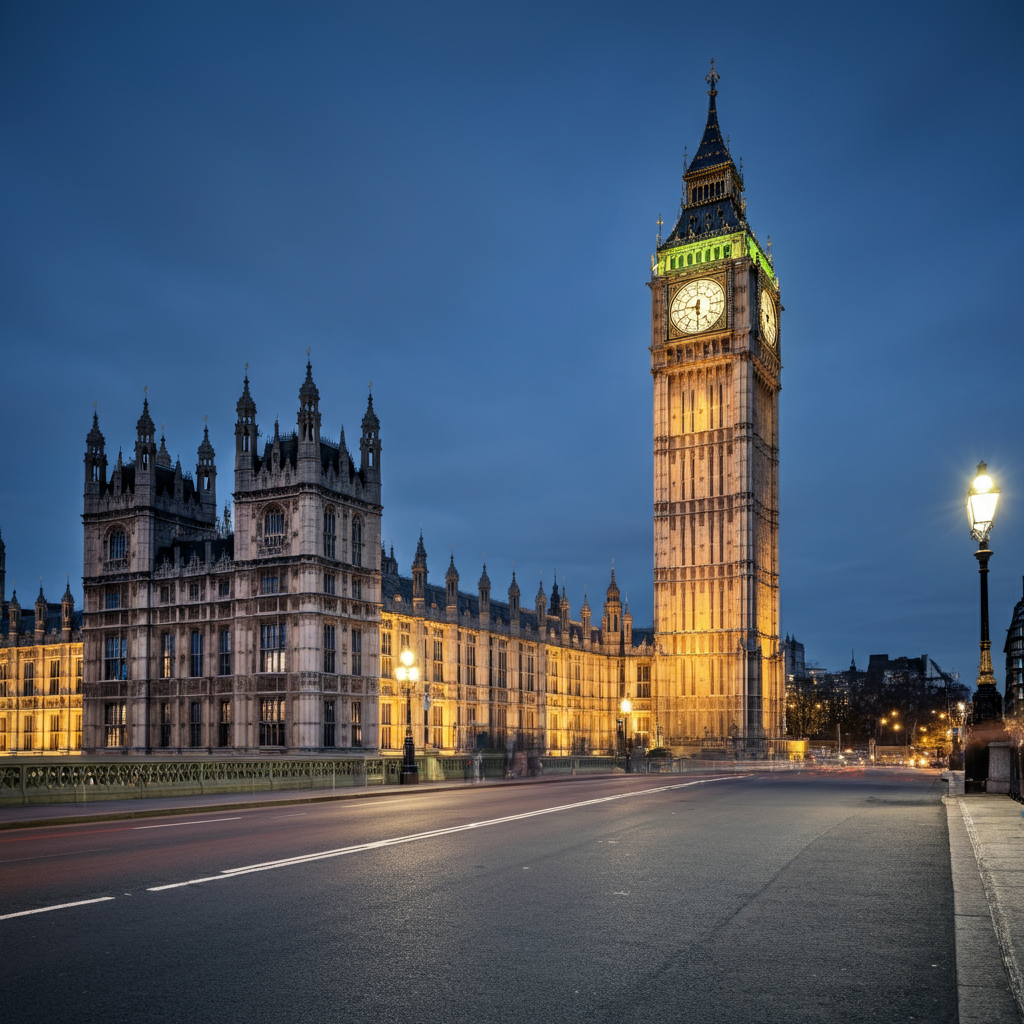Travelers who choose shoulder season travel discover a magical moment when destinations shimmer quietly. Instead of peak crowds, you find welcoming spaces. Rather than off-season closures, you catch lingering energies. By planning trips outside high season and before low season, your travel becomes richer—more relaxed, more immersive, and often kinder to both your wallet and the planet.
In this guide, we’ll explore how shoulder season travel offers milder weather, lower costs, fewer queues, authentic local life, and greater flexibility. From Europe’s autumn hues and spring blooms to tropical places between rainy and dry seasons, you’ll learn where to go, how to plan, what to pack, and how to savor every moment without sacrificing experience or comfort.
1. The Hidden Perks of Shoulder Season
First, let’s define shoulder season travel—it’s the period just before and after peak travel times, when crowds thin out but everything remains open. Mid-spring and early autumn here, late spring in South America, and the tail ends of summer elsewhere are prime examples.
During shoulder seasons, you’ll pay less for flights and hotels. Yet, you won’t lose out on weather, tours, or attractions. You’ll enjoy mild spring blossoms or colorful foliage without the frenzy of crowds. Museums stay open and outdoor cafes maintain their charm—without long waits. In cities, live performances continue, and even small businesses remain operational, unlike low season where shutter doors are typical.
Moreover, sustainability is part of the equation. Shoulder season travel distributes tourism more evenly, reducing environmental pressures and supporting local economies year-round. It’s travel that feels good in your heart as well as on your itinerary.
2. When and Where to Go for Shoulder Season Travel
Shoulder season means different times in different places. Consider these prime periods and regions:
- Europe (April–May & Sept–Oct): Cherry blossoms in Paris, tulips in Amsterdam, grape harvests in Tuscany, and crisp foliage along the Romantic Road in Germany.
- Southeast Asia (Feb–Mar & Aug–Sept): Thailand hosts vibrant festivals before monsoons, while Bali’s beaches remain sunny before the wet season.
- North America (Apr–May & Sept–Oct): East Coast parks overflow with spring bloom and autumn hues. San Francisco’s mild fog transitions into sunny strolls.
- South America (Mar–Apr & Sept–Oct): Patagonia’s shoulder season offers fewer hikers but stunning cloud-filled skiehtfs. Argentina’s jacarandas in bloom add an extra punch.
- Mediterranean (May & Sept): Greece and Croatia have warm waters, open restaurants, and cooling breezes, without midsummer tourism bubbles.
Whether you chase seasonal festivals or avoid crowds, shoulder season travel gives you options. As a rule, aim two weeks before or after high season—they offer the best balance of availability and activity.

3. Smart Planning Tips for Shoulder Season Travel
To fully benefit from shoulder season travel, a bit of prep helps:
- Be weather-aware: Mild weather dominates, but sudden changes can occur. Always bring light layers, a travel umbrella, and adaptable gear.
- Book flexible reservations: Shoulder season pricing fluctuates. Look for cancelable flights and lodging that allow date tweaks.
- Check event calendars: Many cultural festivals still occur. Research local events to align experiences with ceremonies or performances.
- Ask locals: Hotel concierges, online forums, or tourism offices can tell you about seasonal quirks like closed roads or early nightfall.
- Pack smart: Weather layering, sunscreen, mosquito repellent if seasons overlap, and lightweight rain gear are essential.
Learn a few local phrases or customs; festivals during shoulder season may involve traditional rituals—knowing when to say “thank you” or how to greet will enrich experiences.
4. How Shoulder Season Changes Your Experience
During shoulder season travel, attractions feel intimate. You might sip wine beside empty vineyard tables or catch a sunrise over a fogged skyline without shoulder-to-shoulder crowds. In cultural sites and museums, tour guides tell stories more personally—you listen, ask questions, and feel seen rather than shuffled.
Restaurants and cafés often offer off-peak menus or terrace seating during transition months. You’ll spot seasonal dishes like early asparagus or late-season figs—flavors tied to the shoulder mood. And thanks to trickle-down tourism, even small towns offer classes—like olive oil pressing in May or autumn market tours in September.
Late-season botanic gardens, ski-resort towns adopting spring trails, or vineyards opening harvest doors make shoulder season travel both engaging and meaningful. It’s not a compromise against high season—it’s a complement offering depth and discovery.
5. Insider Stories from Shoulder Season Travelers
Take Sofia, who visited Lisbon in early May—just after peak crowds left. She hopped tram 28 down empty roads, savored pastel de nata in near-silent cafés, and found early fado nights in Alfama with just a handful of patrons. She says, “I saw the heartbeat of the city, not the tourist pulse.”
Then there’s Michael, who explored Iceland in October. He witnessed Northern Lights across lakes and chased waterfalls on gravel roads—while high-season tour vans were parked. He met locals winterizing farms and said, “I felt like a guest, not a guest of guests.”
In Southeast Asia, Anita chose Bali in February, just before the crowds and rains. She participated in local temple ceremonies, opened doors that close in high season, and learned Balinese crafts from artisans who found fewer interruptions. “Shoulder season travel felt insider, not tourist.”
6. Sustainable Travel and Shoulder Season
Opting for shoulder season travel helps distribute tourism more responsibly. It reduces peak season burdens—like crowded trails, stressed wildlife, overbooked hotels, and environmental strain.
By traveling during quieter times, you’re supporting businesses during their low-revenue months—homestays, family-run restaurants, local guides—helping them stay open and connected. You also reduce carbon intensity as airlines and services spread operations over longer periods. This kind of travel supports long-term destination wellbeing.

Your presence tells locals: tourism doesn’t have to be all-in or all-out — it can be flexible, supportive, and mindful. That changes not just your experience, but theirs.
7. The Traveling Mindset for Shoulder Season Trips
To embrace shoulder season travel, shift your mindset:
- Expect variation: You might wake to cloudy skies but end with golden sunsets. That unpredictability is its own reward.
- Look for fluid local options: Tours may scale up if demand increases—ask about small-group or pop-up experiences.
- Embrace slow moments: Sit by a fountain, join locals in evening walks, or savor off-season menus—shoulder season invites patience.
- Celebrate imperfections: A temporarily closed road might reroute you through hidden hamlets. Festivals may end early—so let spontaneity lead.
Traveling between high and low seasons teaches flexibility as well as discovery. It shows you that experiences aren’t just commodities—they’re moments shaped by rhythm and chance.
8. Planning a Shoulder Season Itinerary
Here’s what a 10-day shoulder season trip might look like in Tuscany during early October:
- Days 1–2: Florence—Arrive early morning; wander Uffizi galleries with manageable queues and dine by Duomo terraces that feel yours alone.
- Days 3–4: Chianti region—Stay at a family-run agriturismo, sample first pressed olive oil, attend an early grape harvest, and enjoy wine without crowds.
- Days 5–6: Siena—Explore medieval streets, local markets open for fall produce, and evenings featuring quieter palio rehearsals.
- Days 7–8: Val d’Orcia—Drive scenic routes, relax in thermal springs, and photograph rolling hills under moody autumn skies.
- Days 9–10: Pisa & Lucca—Return for tower photos, attend local music nights, and fly via Pisa airport with lower fares.
This blends culture, scenery, authenticity, and cost efficiency—perfect shoulder season travel balance.
9. Common Myths and Realities
Myth: “It’ll be too cold/rainy.”
Reality: True in some places—but light layers, rain gear, and flexible plans make it manageable.
Myth: “Attractions close early.”
Reality: Many maintain longer hours into shoulder season—just check opening times and plan accordingly.
Myth: “There won’t be festivals.”
Reality: Shoulder seasons often include harvest parties, local fairs, or spring cultural events—sometimes off-format, but no less vibrant.
Myth: “It’s not worth it.”
Reality: With thoughtful planning, shoulder season travel is not a consolation—it’s a prize.
10. Next Steps: Your Shoulder Season Travel Checklist
- Choose destination and find its shoulder windows.
- Book flexible transportation and lodging.
- Prepare a weather-adapted packing list.
- Research local events and calendars.
- Pack layers, waterproofs, and a small daypack.
- Leave flexibility for hidden gems discovered on the route.
With these steps, shoulder season travel becomes not just a plan, but a practice of mindful discovery—where you savor places, seasons, and stories in their most delicate form.
Catch up on the top stories and travel deals by subscribing to our newsletter!












Leave a Reply